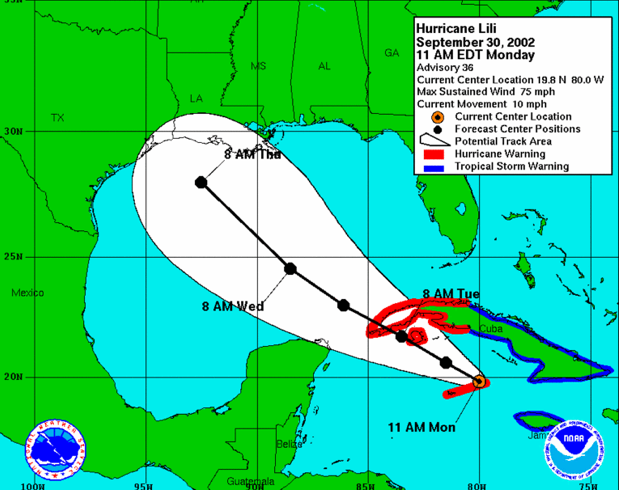A&S Hall of Fame 2014 - Dr. Keith B. MacAdam
Keith B. MacAdam was born in Rochester, N.Y., attended Swarthmore College and earned a doctorate in Physics in 1971. After research at University of Stirling in Scotland, Yale University, and the University of Arizona, he came to UK as an Assistant Professor in 1977. He built a campus-based research program in experimental atomic-molecular-optical (AMO) physics with students and post-docs, supported by the National Science Foundation and the Research Corporation. He was appointed Professor of Physics in 1986 and was a University Research Professor in 1990-91.
A&S Hall of Fame 2014 - Dr. George H. Scherr
George H. Scherr is a bacteriologist, researcher and inventor, currently residing in Highland Park, Ill. He earned his bachelor’s degree from Queen’s College in 1941 – majoring in Biology with a minor in Chemistry – and studied chemistry at Princeton University before pursuing graduate study at the University of Kentucky. Scherr graduated from UK with a master’s degree in 1949 and a doctorate in 1951 in microbiology, focusing on bacteriology and cytogenetics.
A&S Hall of Fame 2014 - Dr. George C. Herring
George C. Herring is Alumni Professor of History Emeritus at the University of Kentucky. A native of Blacksburg, Va., he received a bachelor's degree from Roanoke College and after service in the U.S. Navy he earned both master's and doctorate degrees in History from the University of Virginia. He joined the UK faculty in 1969 after four years at Ohio University. At UK, he taught classes at all levels, from introductory survey courses in U.S. history to graduate seminars. He directed the work of thirty-five doctoral students and more than fifty M.A. students.
A&S Hall of Fame 2014 - Ethelee Davidson Baxter
Her Honor, Ethelee Davidson Baxter, was born in Jackson, Ky., in 1939, and was raised in Lexington, Ky. Baxter graduated from Lafayette High School in 1957 and was inducted into the first class of the Lafayette High School Hall of Fame in 1989. She graduated from the University of Kentucky in 1961 with a bachelor's degree in English, Speech and Drama. While at UK, she was a Wildcat cheerleader, President of the Blue Marlins synchronized swimming team, and a member of the Kappa Alpha Theta sorority.
A&S Hall of Fame 2014 - Jill M. Rappis
Jill M. Rappis earned her bachelor's degree in English in 1980 from the University of Kentucky and her Law degree in 1984 from Marquette University Law School where she was a member of the Law Review and recipient of the St. Thomas More Scholarship.
Physics and Astronomy Colloquium: Science Policy in America
Fundamental scientific research, as a majority federally funded initiative, is becoming more deeply embedded in politics. Since the end of the Space Race, funding of basic physical sciences research as a percent GDP has continuously declined, indicating that policy makers see funding scientific research as less of a priority than they once did. Indeed, a lack of understanding about both science and how science is done amongst members of Congress has led to both reduced prioritization and also to misguided attempts at regulation, such as making peer review a public process and considering Congressional oversight for specific grants. Here we will examine a few current issues in science policy and the need for physicists to effectively weigh in on such policy issues. We will also consider the positive or negative effects such public engagement may have on our scientific careers and ways in which you can get involved.
Refreshments will be served in CP 179 at 3:15 PM
Office Hours with Katherine Rogers-Carpenter and Erin Koch
Episode seven of Office Hours is here! Join us as we talk to Doctor Katherine Rogers-Carpenter and Doctor Erin Koch their work and interests. Talking points include the new Health, Society and Populations major, visual rhetoric, and tuberculosis from both scientific and artistic points of view.
SCALE RATIOS
In fluid dynamics the Reynolds Number is the ratio of inertial to viscous forces, and is used to distinguish laminar from turbulent flow. Peter Haff (2007) applied this logic to develop a landscape Reynolds number, and also suggested how other generalized “Reynolds numbers” can be constructed as ratios of large-scale to small-scale diffusivities to measure the efficiencies of complex processes that affect the surface. As far as I know, there has been little follow-up of this suggestion, but the premise seems to me quite promising at an even more general level, to produce dimensionless indices reflecting the ratio of larger to smaller scale sets of processes or relationships. The attached file gives a couple of examples.
CLIMATE CHANGE & ENVIRONMENTAL MANAGEMENT
Climate change is here, it’s real, and it won’t be easy for humans to deal with. But few things are all good or all bad, and so it may be for climate change, at least with respect to environmental science and management.
A vast literature has accumulated in the past two or three decades in geosciences, environmental sciences, and ecology acknowledging the pervasive—and to some extent irreducible—roles of uncertainty and contingency. This does not make prediction impossible or unfeasible, but does change the context of prediction. We are obliged to not only acknowledge uncertainty, but also to frame prediction in terms of ranges or envelopes of probabilities and possibilities rather than single predicted outcomes. Think of hurricane track forecasts, which acknowledge a range of possible pathways, and that the uncertainty increases into the future.

Forecast track for Hurricane Lili, September 30, 2002. The range of possible tracks and the increasing uncertainty over time are clear. Source: National Hurricane Center.
